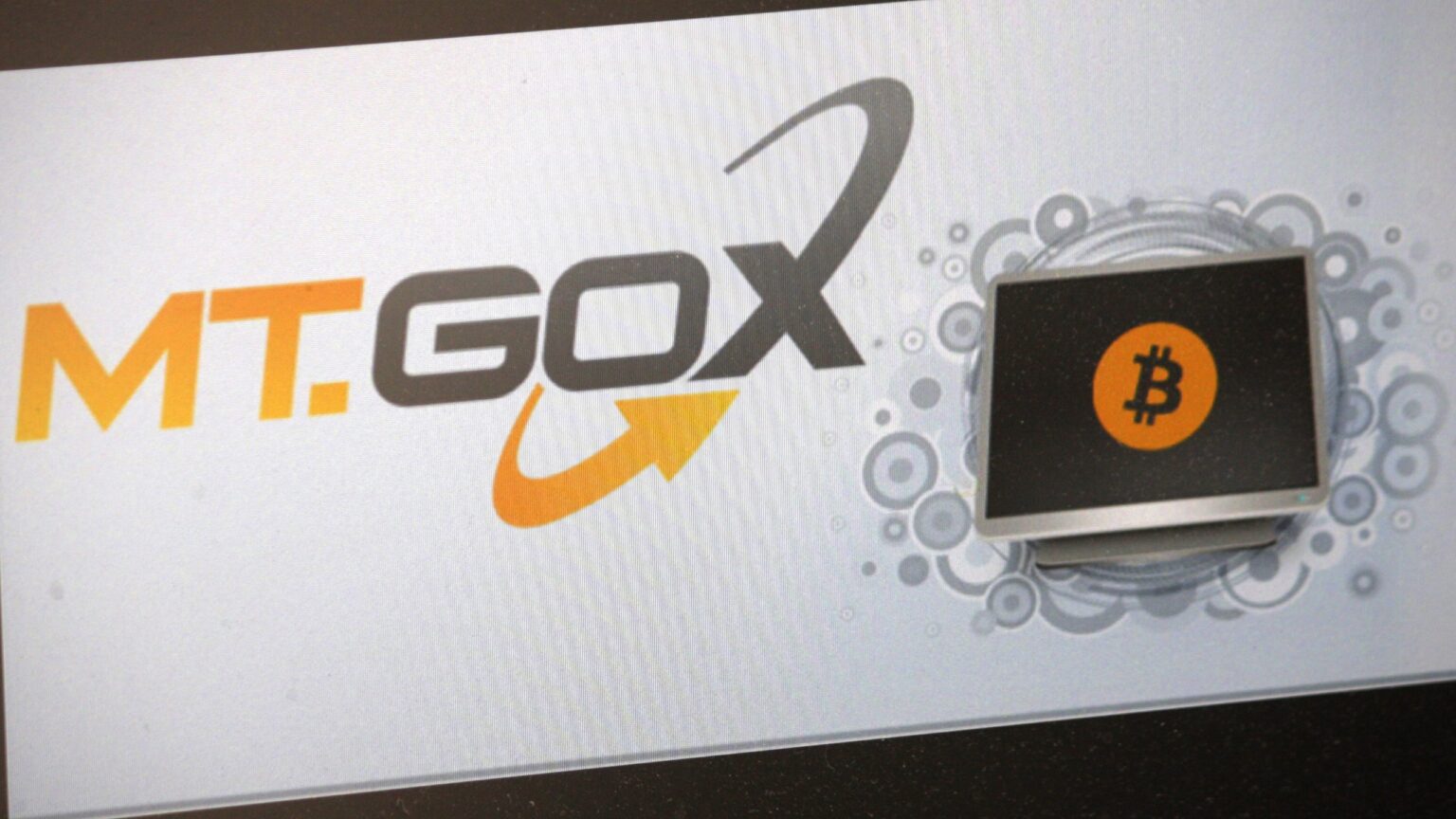In a significant development for the long-standing Mt. Gox saga, the Rehabilitation Trustee, Nobuaki Kobayashi, has officially extended the deadline for repaying creditors to October 2024.
This delay marks another twist in the turbulent history of the defunct Bitcoin exchange, Mt. Gox, which crumbled under the weight of a massive hack in 2014.
While this extension may leave many creditors anxiously waiting, there’s a glimmer of hope for some who have provided the necessary information, as early payouts could start trickling in by the end of this year.
Initially set for Oct. 31, 2023, the new deadline is Oct. 31, 2024. This decision, approved by the Tokyo District Court, applies to base repayment, early lump-sum repayment, and intermediate repayment.
Breaking: Mt Gox Rehabilitation Trustee has changed the deadline of the Base Repayment, the Early Lump-Sum Repayment, and the Intermediate Repayment from October 31, 2023 to October 31, 2024. https://t.co/2JcPVQ2Njr pic.twitter.com/HnqQ8Zdvpe
— Wu Blockchain (@WuBlockchain) September 21, 2023
Kobayashi cites the intricate process of gathering information from rehabilitation creditors and coordinating with financial institutions and cryptocurrency exchanges as the primary reasons for the extension. This extension gives more time for the complex rehabilitation process to unfold.
While the delay may disappoint many creditors eager to recover their assets, there is a silver lining. Those who have provided the necessary information could receive repayments by this year’s end. However, it’s essential to note that the specific timing for individual creditors remains uncertain and subject to change based on evolving circumstances.
Security woes and lost Bitcoins
Mt. Gox, once the behemoth of the cryptocurrency world, was a Tokyo-based exchange that commanded over 70% of all Bitcoin transactions at its zenith. Jed McCaleb founded it as a platform for online trading “Magic: The Gathering” cards before evolving into a cryptocurrency exchange.
“Mt. Gox” originated from “Magic: The Gathering Online Exchange.” Mark Karpeles took over in 2011 and became its CEO, leading the exchange to unparalleled success.
However, Mt. Gox’s massive success made it a prime target for hackers. In 2011, hackers exploited stolen credentials to transfer bitcoins, and network protocol issues resulted in the loss of thousands of bitcoins.
Additionally, the exchange’s dominance allowed it to significantly influence Bitcoin’s market activity, as it suspended trading in 2013 to cool down the overheated market.
The exchange’s darkest hour arrived in February 2014, when it suspended withdrawals due to suspicions of irregularities in its digital wallets.
Shockingly, it was revealed that Mt. Gox had “lost” between 650,000 and 850,000 bitcoins. This catastrophe’s exact cause was transaction malleability, a contentious issue within the Bitcoin community.
5/11 2014: In early February, the top crypto exchange, Mt Gox suspended withdrawals and announced they had “lost” roughly 650,000 BTC. This event led to losses for many BTC holders and was the cause of many claims that Bitcoin and crypto would die. pic.twitter.com/ubpf9f0ka3
— Satoshi Stacker (@StackerSatoshi) November 14, 2022
The legal battle: U.S. Department of Justice charges
The Mt. Gox saga took another dramatic turn in June when the U.S. Department of Justice charged two Russian individuals, Alexey Bilyuchenko and Aleksandr Verner, with criminal acts related to the hack of the collapsed exchange.
These charges revolve around the conspiracy to steal approximately 647,000 bitcoins from Mt. Gox between 2011 and 2014, representing most of the lost funds. This legal action sheds new light on the international scope of the Mt. Gox case.
The DOJ’s charges also link Bilyuchenko to the notorious crypto exchange BTC-e, which was shut down by the FBI in 2017 for allegedly laundering funds for international criminals. It is alleged that Bilyuchenko, armed with ill-gotten gains from Mt. Gox, played a role in setting up BTC-e, facilitating money laundering for cybercriminals worldwide.
BTC-e operated in the United States from 2011 to 2017, handling approximately $9 billion in Bitcoin transactions. Its alleged activities allowed criminals to trade Bitcoin anonymously, sparking concerns about illicit financial activities in the cryptocurrency world.









 and then
and then